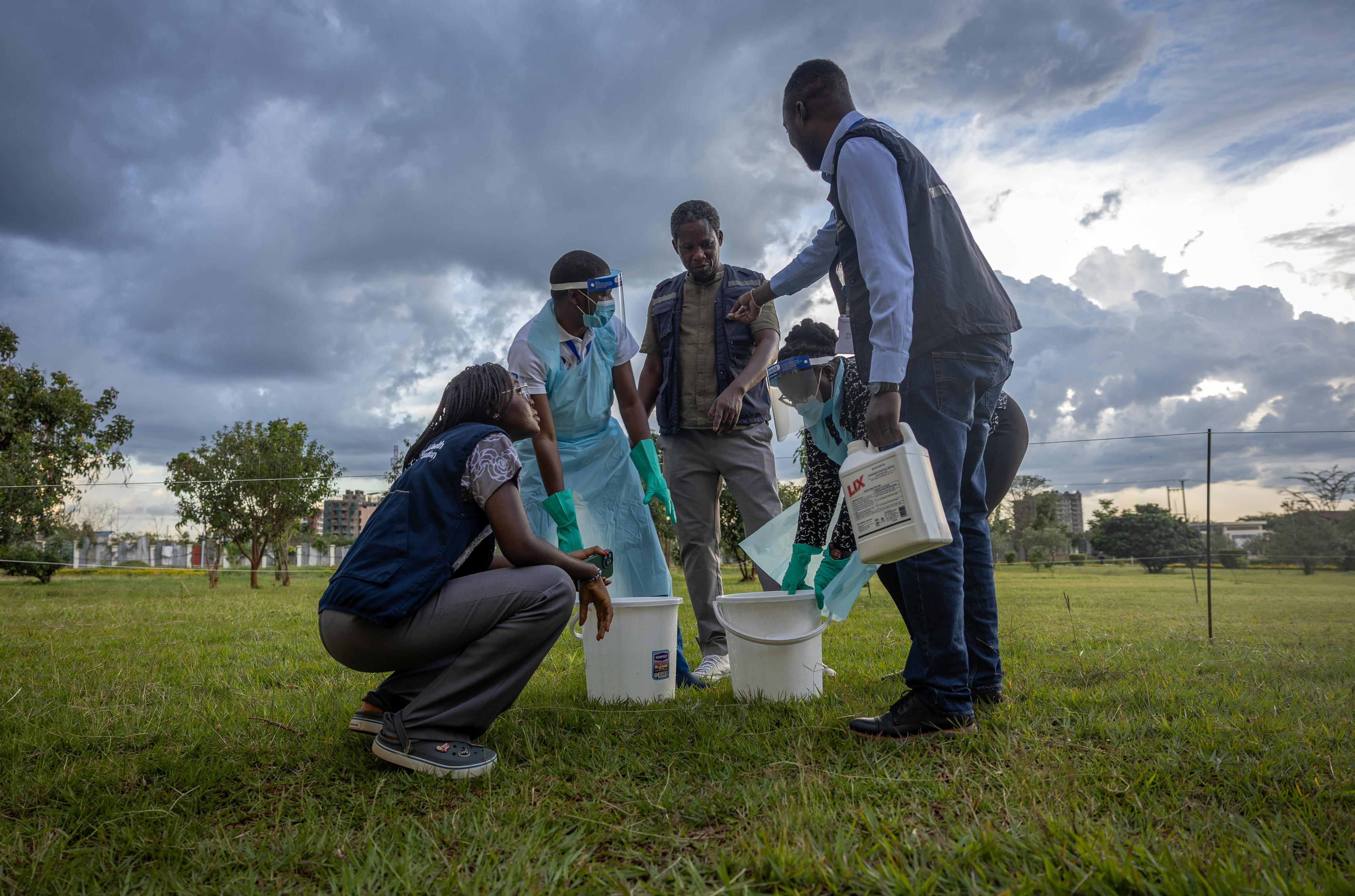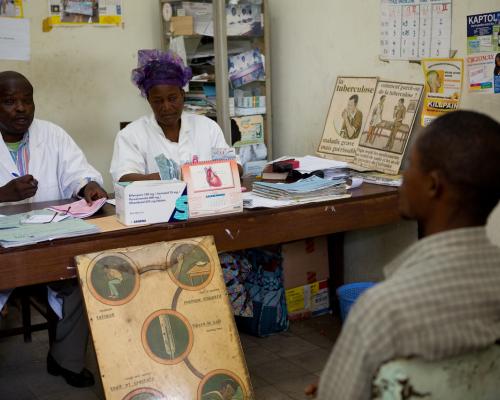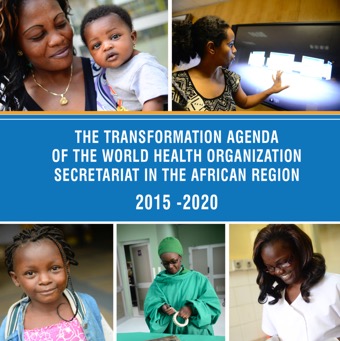
Nairobi ‒ “In the event of a filovirus outbreak, we must always be prepared and clearly understand our roles, especially in the treatment centre,” says Mikali Waswa, a laboratory technician at Kenya’s National Public Health Institute. “It’s important to know exactly what we are supposed to do when deployed.”
To bolster Kenya’s operational readiness for severe infectious disease outbreaks, WHO’s Regional Office for Africa, through its Nairobi Emergency Preparedness and Response hub, conducted a four-day simulation-based training on filovirus disease (FVD) readiness. This initiative forms part of broader efforts to strengthen outbreak preparedness across the East and southern Africa region in the context of recent Marburg virus disease, Ebola Sudan virus disease and mpox outbreaks.
The training, conducted by multidisciplinary experts from the WHO AFRO’s Emergency Preparedness and Response Hub staff, based at the Kenyatta University Referral and Teaching Hospital in Nairobi, Kenya, was conducted in close collaboration with WHO’s Kenya country office, the National Public Health Institute and Ministry of Health. It brought together 45 national and county-level emergency responders from these institutions as well as the Kenya Defence Force and Kenyatta University Teaching Referral and Research Hospital for immersive, hands-on exercises tailored to simulate operations in real FVD outbreaks.
“This training has been an eye-opener. It helped clarify the theory and definitions of key terms, deepening our understanding of their meanings and giving practical relevance,” says Waswa.
Participants engaged in both learning sessions and simulation drills, guided by areas earmarked for improvement in Kenya’s Readiness Checklist. These include disease surveillance, case management and infection prevention and control, safe and dignified burial, risk communication and community engagement, laboratory diagnosis and health logistics and operations support.
“There is a need for collaboration if we are to strengthen preparedness, early detection and response to public health emergencies,” says Dr Abdourahmane Diallo, WHO Representative in Kenya. “WHO is committed to supporting efforts that enhance our surveillance systems, laboratory capacity, and emergency response capabilities.”
The areas covered in the training also align with the National Multi-Hazard Plan, ensuring that frontline responders are equipped not only to detect threats swiftly but also to respond effectively and avoid escalation.
The training emphasized collaboration among first responders working in different areas of the response and the use of standard operating procedures, coordination tools and outbreak-specific protocols. It culminated in a full simulation exercise, testing systems for operational readiness, screening, triage, community engagement and resource deployment under constraints found in real outbreak settings.
“The key thing about this training was it being a simulation. We do a lot of classroom training, and we gain knowledge, but what was different here is that we were being trained by experts. Not just people with theoretical knowledge, but people who have responded to filovirus outbreaks and have firsthand experience. If I were deployed today, I would be ready,” says Stella Waruinge, Head of Mental Health and Psychosocial Support Services at Kenya’s Ministry of Health.


